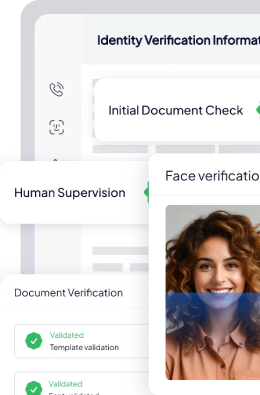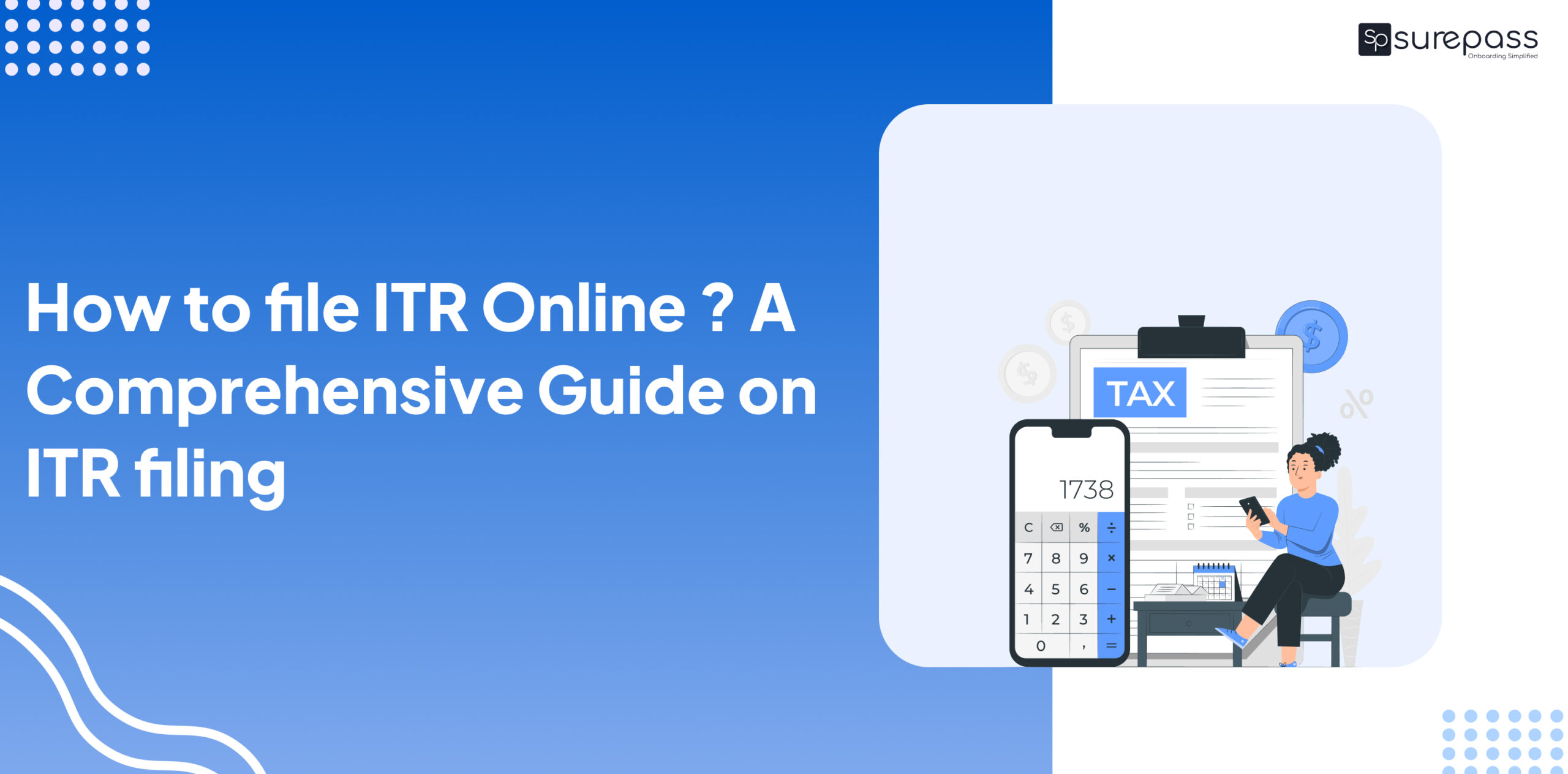Introduction
Income Tax Return filing is a crucial financial responsibility that every eligible taxpayer must undertake. It is the process through which taxpayers report their income and taxes paid to the government. ITR filing is not only mandatory but also helps in availing various benefits such as tax refunds, loan applications, and maintaining a good financial track record. This article aims to provide a step-by-step guide on how to file Income tax return online, ensuring a smooth and hassle-free process for taxpayers.
Understanding Income Tax Return (ITR)
Income Tax Return (ITR) is a form that taxpayers use to report their annual income and taxes paid to the government. It includes various sections to provide details on income from different sources, deductions, and exemptions claimed during the financial year. Income Tax Return Filing is required for individuals, businesses, and organizations with taxable income exceeding the threshold specified by the tax authorities.
Check Eligibility for ITR Filing
Before proceeding with ITR filing, individuals must determine their eligibility based on their income and other criteria. The eligibility criteria may vary depending on factors like age, income source, and residential status. For example, individuals with a taxable income below the threshold may not be required to file ITR, while others with certain types of income may have different rules for filing.
Documents Required For ITR Filing
Before commencing the ITR filing process, gather all the necessary documents and information. This includes:
a. Form 16
Provided by employers, Form 16 summarizes salary details and taxes deducted at source.
b. Form 16A/16B/16C
For income other than salary, like income from fixed deposits, rental income, etc.
c. Bank Statements
To verify interest income and transactions.
d. Investment Proofs
For deductions claimed under Section 80C, 80D, etc.
e. Aadhaar Card/PAN Card
Mandatory for ITR filing.
Which ITR Should You File?
The Income Tax Department provides several ITR forms catering to different types of taxpayers and income sources. The common ITR forms include ITR-1 (Sahaj), ITR-2, ITR-3, ITR-4 (Sugam), and ITR-5. Carefully choose the appropriate form that aligns with your income sources and eligibility.
How to File ITR Online?
Filing ITR online is the most convenient and preferred method. Follow these steps for online ITR filing:
Step 1: Visit the Income Tax Department’s official website or the government’s e-filing portal.
Step 2: Register or log in using your PAN as the user ID and create a strong password.
Step 3: Select the relevant ITR form based on your income sources and download the pre-filled XML file.
Step 4: Open the ITR form using Excel, fill in the necessary details, and save the file.
Step 5: Go back to the e-filing portal and click on “Upload XML” to upload the saved ITR form.
Step 6: Validate the XML file to check for errors and rectify any mistakes.
Step 7: Generate the “ITR-V” (Income Tax Return – Verification) form after successful validation. This form acts as a verification of your ITR filing.
Step 8: Print the ITR-V form, sign it in blue ink, and keep it for your records. Note that electronic verification options like Aadhaar OTP, Net Banking, or EVC (Electronic Verification Code) can also be used to avoid the hassle of sending physical documents.
How to E-Verify Your ITR?
E-verification is a simple and secure process to confirm the authenticity of your ITR filing. It eliminates the need to send physical documents to the Income Tax Department. Here are the various e-verification options:
a. Aadhaar OTP
If your mobile number is linked with your Aadhaar card, you can choose the Aadhaar OTP method for verification.
b. Net Banking
If you have internet banking access, use the net banking facility to e-verify your ITR.
c. EVC (Electronic Verification Code)
Generate an EVC through the income tax e-filing portal and use it to verify your ITR.
d. Demat Account
If you have a demat account, you can e-verify using this method.
Additionally, If you need to verify ITR , you can consider Income Tax Return API. This API will provide you with basic details of tax payer’s income tax return. It gives you the ability to read incomes, deductions, etc and prepare income tax return.
Also, we offer different APIs for different use cases like bank account verification API, Aadhaar verification API, Pan verification API and much more.
Automate your KYC Process & reduce Fraud!
We have helped 200+ companies in reducing their user onboarding TAT by 95%
ITR Filing for Businesses and Other Entities
For businesses and other entities, the process of ITR filing may be more complex, depending on their nature and structure. Generally, ITR-3, ITR-4, and ITR-5 forms are applicable to different types of businesses. Seeking professional assistance or consulting a chartered accountant can be helpful in ensuring accurate and compliant ITR filing.
Important Deadlines
ITR filing deadlines are crucial to avoid penalties and interest on late filing. For individuals, the deadline is usually July 31st of the assessment year. However, this deadline may change, so it’s essential to stay updated with the latest notifications from the Income Tax Department.
Common Mistakes to Avoid
While filing ITR, taxpayers must be cautious and avoid common mistakes that could lead to discrepancies or delayed processing. Some common mistakes include:
a. Incorrect Details
Double-check all the information provided, such as PAN, bank account numbers, and personal details.
b. Omitting Income
Ensure that all sources of income are declared, including interest income, rental income, and freelance earnings.
c. Mismatch with Form 26AS
Cross-verify the details in your ITR form with the information available in your Form 26AS, which provides details of taxes deducted at source.
d. Failing to Claim Deductions
Make sure to claim eligible deductions under various sections to reduce taxable income.
Benefits of Filing ITR
Filing ITR offers several advantages to taxpayers, including:
a. Claiming Refunds
If excess tax has been deducted or paid, filing ITR allows taxpayers to claim a refund.
b. Loan Applications
Banks and financial institutions often require ITR receipts as proof of income while processing loan applications.
c. Visa Processing
Several countries require ITR receipts as part of the visa application process.
d. Building Financial History
Regular ITR filing helps build a robust financial history, which can be beneficial for future financial transactions.
Conclusion
Filing Income Tax Return (ITR) is a significant responsibility for every eligible taxpayer. By following the step-by-step guide to online ITR filing provided in this article, individuals can ensure compliance with tax regulations and avail the benefits associated with timely filing. It is crucial to stay informed about the latest tax laws and changes to make the ITR filing process smooth and efficient. Always consult a tax professional or financial advisor if you encounter any complexities during the filing process





